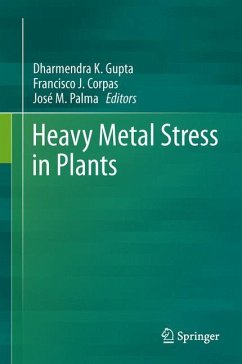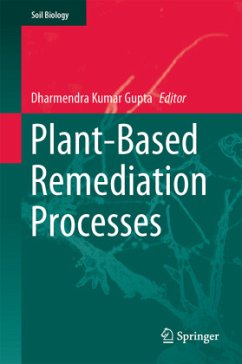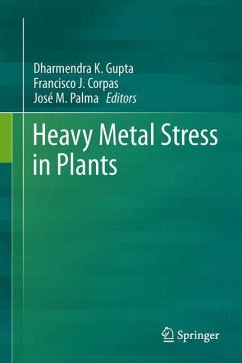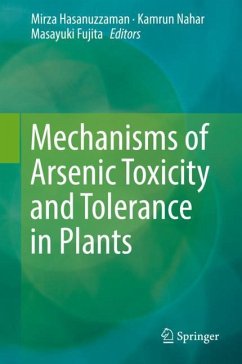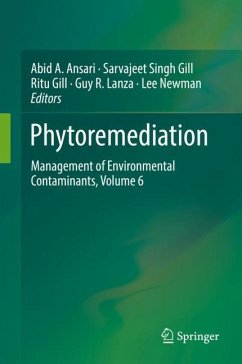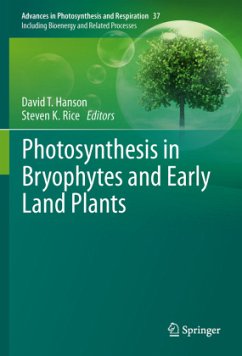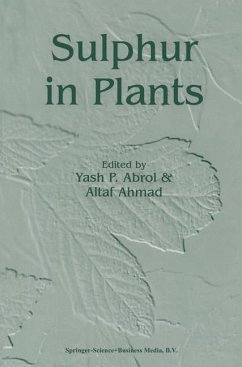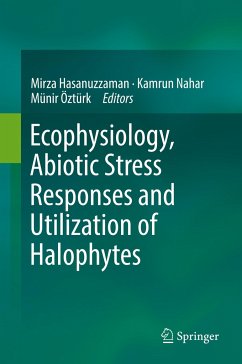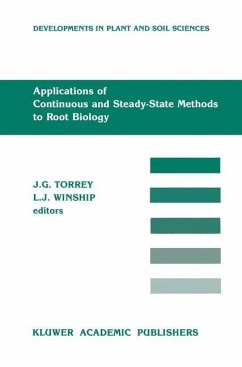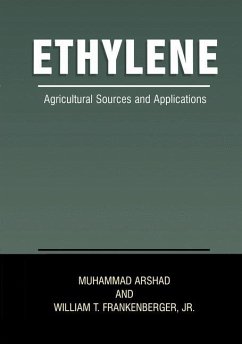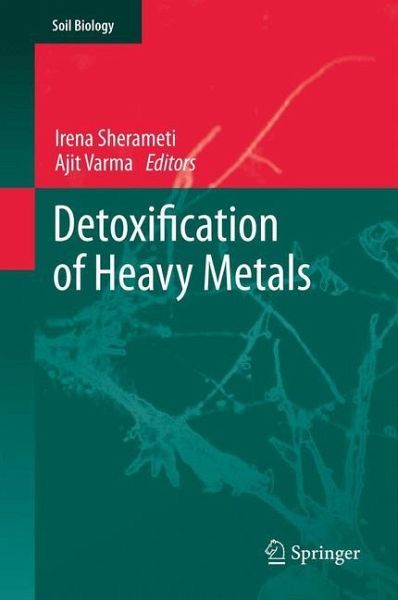
Detoxification of Heavy Metals

PAYBACK Punkte
76 °P sammeln!
Heavy metals are severe environmental pollutants, and many of them are toxic even at very low concentrations. With industrial development, soil pollution with heavy metal elements have dramatically increased. The uptake of heavy metals via plants that are exposed to contaminated soils is a risk for human health and a major hazard for the ecosystem as a whole, including soil microorganisms. On the other hand, plants may be used in the decontamination of soils.The topics presented in this book include: sources of heavy metals contaminants in soils; plant species that can grow on contaminated soi...
Heavy metals are severe environmental pollutants, and many of them are toxic even at very low concentrations. With industrial development, soil pollution with heavy metal elements have dramatically increased. The uptake of heavy metals via plants that are exposed to contaminated soils is a risk for human health and a major hazard for the ecosystem as a whole, including soil microorganisms. On the other hand, plants may be used in the decontamination of soils.
The topics presented in this book include: sources of heavy metals contaminants in soils; plant species that can grow on contaminated soils; the phytoremediation of contaminated soils; tolerance, accumulation and detoxification mechanisms of zinc, copper, arsenic, cadmium and vanadium in plants; the critical role of sulfur metabolism in heavy metal tolerance; the role of aquatic macrophytes, plant growth-promoting bacteria, sugar crops and earthworms in detoxification; and heavy metal stabilization by promoting zeolite synthesis in soils.
The topics presented in this book include: sources of heavy metals contaminants in soils; plant species that can grow on contaminated soils; the phytoremediation of contaminated soils; tolerance, accumulation and detoxification mechanisms of zinc, copper, arsenic, cadmium and vanadium in plants; the critical role of sulfur metabolism in heavy metal tolerance; the role of aquatic macrophytes, plant growth-promoting bacteria, sugar crops and earthworms in detoxification; and heavy metal stabilization by promoting zeolite synthesis in soils.





